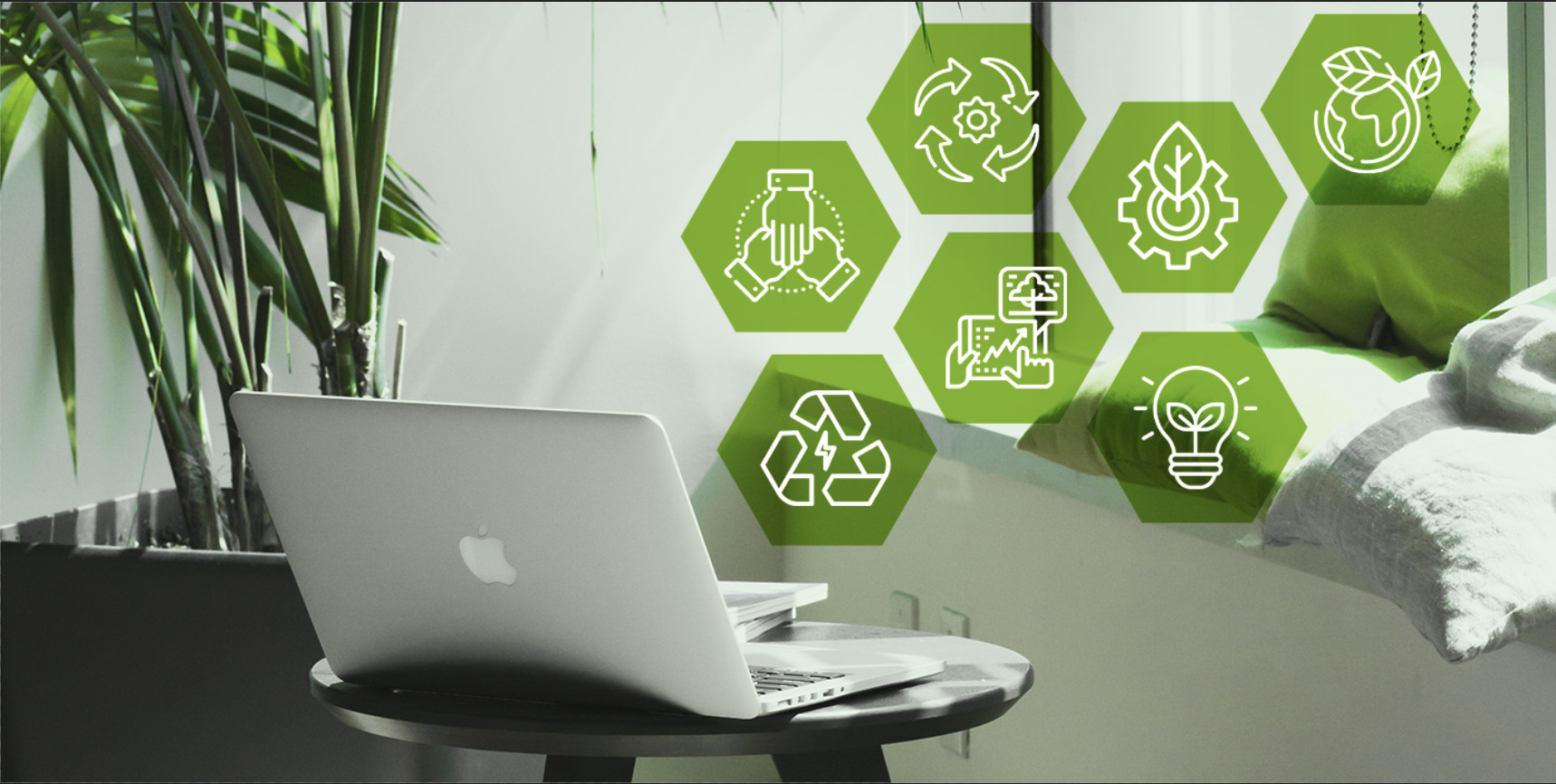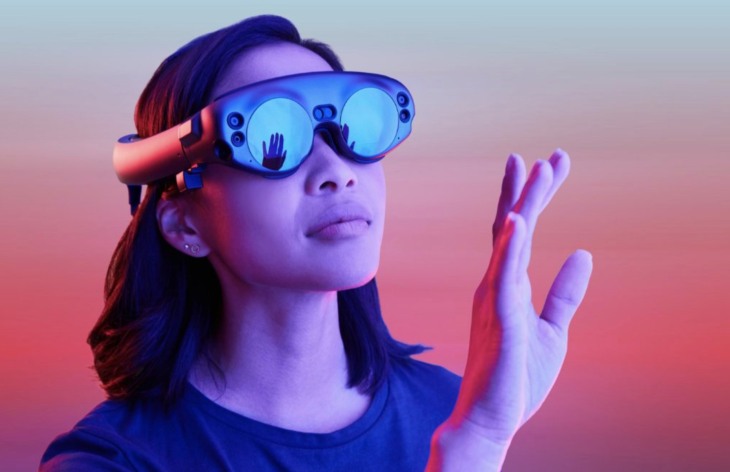The Critical Importance Of Sustainable Web Design

INTRO: CAN WEB DESIGN BE SUSTAINABLE?
In this article, we’ll take apart what sustainable web design and development actually means, and how to work with your agency to begin to apply it. We’ll also attempt to shed some light on the “why’s” of this revolution. But most importantly, where it all derives from. And that is sustainability as an overall motto to go through life and do business. Within or outside web development. And how that new age gold standard must become something more than just “a nice PR tactic”.
Our future generations and the planet, need companies to own sustainability and embrace it from their corporate DNAs.
Once that truthful foundation is solidified, then we can start applying those core guidelines to everything else, such as web design. Not many people know this, but Web Design has indeed its own Sustainability Manifesto, which sets a gloomy tone by starting with a sad phrase: “If the Internet was a country, it would be the 7th largest polluter”.
THE GREEN REVOLUTION: THE BIRTH OF SUSTAINABILITY AS A WHOLE
Some people can track this movement back to the 80s, others attribute it to the 90s, but being sustainable and caring for the planet, the people and their future has been on some agendas for decades. What shifted the tide was things such as global warming, the tech revolution, population growth, and food consumption rising, all a massive impact on the Earth. Many of those are causes and many consequences.
It is a world stage where much info is thrown among supporters and discreditors, but one thing is for sure. The Earth is not getting any better and something has to be done.
Like any movement, it starts with people that are genuinely interested in the topic, and once the issue takes the media spotlight with Governments and large companies understanding its importance, it becomes “a thing”.
Now, it has become “a thing” accounting for emissions and becoming carbon neutral.
Firstly, these rules applied to the main products each company manufactured (being simplistic), but what about the total impact a company has just for the sake of existing? If looked at through these optics, anything can become greener. Even things like the entire industry of web development, design, UX and all its aspects.
SUSTAINABLE PRACTICES AS THE KEY TO A BETTER FUTURE
We already discussed major breakthroughs in technology reaching mass adoption. Like the metaverse for example. If you want to delve deeper into this fascinating world, you can read the full article here:

But even though connectivity and globalism are great, heavily relying on crypto is not making our carbon footprint lower. In fact, quite the opposite. But there is a way where instead of evolving mankind at the cost of its own future, by paying attention and becoming more efficient in sustainable practices we can evolve INTO a future, instead of at the expense of it. When applied to Web Design, Sustainable Web Design was born.
WHAT DOES SUSTAINABILITY MEAN FOR WEB DESIGN?
Sustainable Web Design means applying sustainability principles not only to the design process itself, but with a deep cleansing that involves private data handling, the energy consumption of resources, products and services’ footprint, and many more things. To understand it properly we can take a look at the manifesto. An amazing document that we, at Polar London, have been relying on for quite some time, and we wanted to share it with you.
It stands on top of 6 pillars: clean, efficient, open, honest, regenerative, and resilient. If you still don’t know what that means, don’t worry. We’ll cover them all.
- Clean means that ALL services used and provided will be powered by renewable energies.
- Efficient means that ALL products and services provided will use the least amount of resources possible.
- Open means that ALL products and services will be accessible and allow their users to control their data at any time.
- Honest means that ALL products and services provided will not exploit nor mislead users.
- Regenerative (the toughest one) means that ALL products and services provided will support an economy that nourishes people and the planet.
- And lastly, Resilient means that the products and services provided will function in the times and places where people need them the most.
As you can see, these principles are indeed much deeper than what their simplicity implies.
HOW DO WE APPLY THESE SUSTAINABILITY PRINCIPLES?
Major changes never happen overnight, but it is true that if all of the internet applied these principles it wouldn’t be a sustainable concern for our future. But it takes baby steps, and bold companies and agencies to take the lead in the right direction. Even if you don’t feel a particular way of executing a project will save the world, you have to change your mindset and start believing that because of that, you are contributing to a better future. That small shift can make a universal difference.
“A sustainable mindset from kickoff is the approach we take at Polar London”.
Alex Birch 22
Even though not all principles can be applied and maxed out at the same time, many things can be done -and we started doing it long ago- to contribute. Why? Because We owe it to our future and our clients.
Perhaps you can draw some inspiration from us and become a bit more sustainable from learning how we actually contribute.

- We are remote-first! Ensuring a lower carbon footprint.
- We thoroughly assess where the discussed principles can be tangibly applied when we approach best practices.
- We make sure our clients understand the importance and impact of these choices.
- We inspect and criticise each phase of the website process (UX, Design, Development) to detect small and big wins that can be applied. From faster page load speed, improved accessibility, and showing the emissions of that specific website. Creating sustainability awareness is also a way to succeed.
Sustainable Web Design is powerful, impactful, real, and meaningful. And we are the ones that can increase its abilities or completely sever them.
For those wanting to learn more, we found a great podcast series around “World Wide Waste” with Gerry McGovern which talks about the “Perils of e-waste and benefits of being a digital vegan“.
We know on which side we stand, what about you?
If you are interested in applying sustainable design and development to your business, processes, or companies, let’s talk!